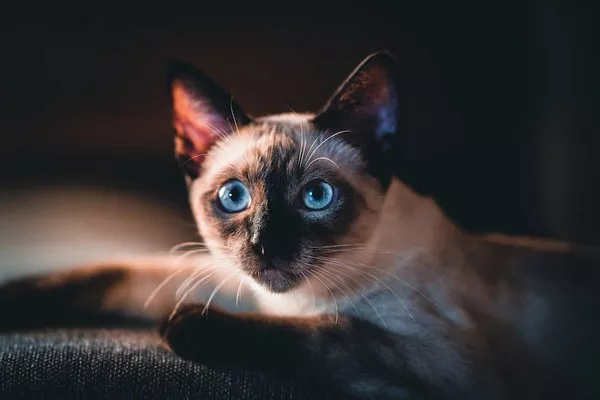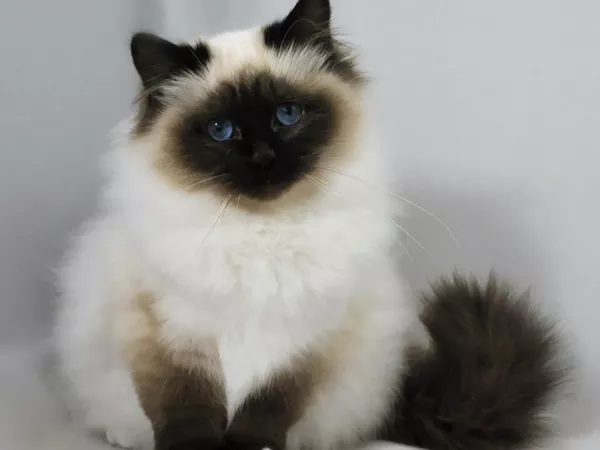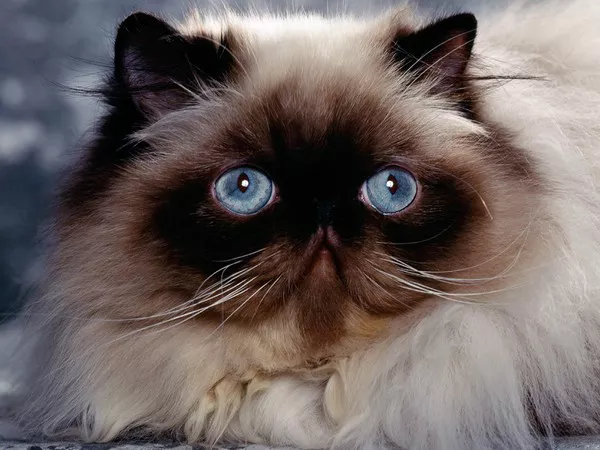Cats, those enigmatic and often independent creatures, rely heavily on their keen sense of sight to navigate their surroundings and interact with the world. A cat’s eyes can reveal a lot about its health and overall well-being, making it crucial for pet owners to be vigilant when it comes to detecting and addressing eye problems. In this article, we will explore some of the common eye problems that can affect cats, their causes, symptoms, and potential treatment options to help you ensure your feline friend’s ocular health.
1. Conjunctivitis
Conjunctivitis, commonly known as pink eye, is one of the most prevalent eye problems seen in cats. It occurs when the mucous membranes lining the eyelids and covering the front of the eye become inflamed. This inflammation can result from various factors, including bacterial or viral infections, allergens, or foreign objects in the eye.
Symptoms: Cats with conjunctivitis may exhibit symptoms such as redness, swelling of the conjunctiva, excessive tearing, squinting, and the appearance of a sticky or discolored discharge. They may also paw at their eyes or rub their faces against objects due to discomfort.
Treatment: Treatment for conjunctivitis depends on its underlying cause. Infections may require antibiotics or antiviral medications, while allergies may necessitate the use of antihistamines or the removal of allergens from the cat’s environment. It’s essential to consult a veterinarian for a proper diagnosis and tailored treatment plan.
2. Corneal Ulcers
Corneal ulcers are painful sores on the clear outer layer of the eye, known as the cornea. These ulcers can result from trauma, foreign objects, underlying eye conditions, or infections. Corneal ulcers are a serious eye problem that demands immediate attention.
Symptoms: Cats with corneal ulcers may exhibit signs of eye pain, including squinting, increased tearing, blinking, and sensitivity to light. The affected eye may appear cloudy or have a visible defect on the cornea.
Treatment: Treatment typically involves topical antibiotics and pain management, often in the form of eye drops or ointments. Severe cases may require surgical intervention. Prompt veterinary care is crucial to prevent complications such as corneal perforation, which can lead to vision loss.
3. Cataracts
Cataracts occur when the lens of the eye becomes cloudy, leading to impaired vision. While cataracts are more commonly associated with aging in humans, they can also affect cats of all ages, including kittens.
Symptoms: Cats with cataracts may exhibit a gradual loss of vision, resulting in difficulty navigating their environment. The affected eye may appear cloudy or bluish-gray. In some cases, cataracts may cause an increased reflection or “glow” in the affected eye.
Treatment: Treatment options for cataracts in cats are limited compared to those available for humans. In most cases, surgery to remove the cataract is the only effective treatment. It’s essential to consult with a veterinary ophthalmologist to discuss the potential risks and benefits of surgery for your cat.
4. Glaucoma
Glaucoma is a condition characterized by increased pressure within the eye, which can damage the optic nerve and lead to vision loss. It can be either primary (genetic) or secondary (resulting from other eye problems or diseases).
Symptoms: Cats with glaucoma may experience eye pain, redness, enlarged pupils, and vision changes. In advanced cases, the affected eye may become visibly enlarged due to increased pressure.
Treatment: Glaucoma is a medical emergency that requires immediate attention. Treatment aims to reduce intraocular pressure and may include medications, surgery, or a combination of both. Unfortunately, glaucoma can be challenging to manage, and vision loss is a common outcome.
5. Uveitis
Uveitis refers to inflammation of the uvea, which is the middle layer of the eye. It can result from various causes, including infections, trauma, autoimmune diseases, or systemic illnesses.
Symptoms: Cats with uveitis may display symptoms such as squinting, redness, cloudiness, sensitivity to light, and increased tearing. They may also have a constricted or irregularly shaped pupil.
Treatment: The underlying cause of uveitis must be identified and treated. Treatment may involve antibiotics, anti-inflammatory medications, or immunosuppressive therapy, depending on the cause. Uveitis can be a sign of an underlying systemic condition, so a thorough evaluation by a veterinarian is essential.
6. Foreign Bodies
Cats are curious creatures, and their inquisitiveness can sometimes lead to foreign objects getting lodged in their eyes. Common culprits include dust, dirt, grass, or even tiny debris.
Symptoms: A cat with a foreign body in its eye may paw at the affected eye, blink excessively, or display tearing. There may also be visible signs of irritation or redness.
Treatment: If you suspect a foreign object in your cat’s eye, do not attempt to remove it yourself, as you may inadvertently cause further damage. Seek immediate veterinary care, where a professional can safely and effectively remove the foreign body.
Prevention and Routine Care
Preventing eye problems in cats often involves maintaining good overall health. Regular veterinary check-ups are essential for early detection and treatment of eye issues. Additionally, keeping your cat’s environment clean and free of potential eye irritants can reduce the risk of conjunctivitis and foreign bodies.
Proper nutrition also plays a role in maintaining eye health. Ensure your cat’s diet includes essential nutrients like vitamin A, which is crucial for good vision. Consult your veterinarian for guidance on a well-balanced diet suitable for your cat’s age and health.
In conclusion, a cat’s eyes are not only windows to their souls but also crucial indicators of their overall health. Being vigilant about your cat’s eye health and seeking prompt veterinary care when you notice any unusual symptoms can help maintain their vision and well-being. Remember that early intervention is key to addressing common eye problems in cats, and always consult with a veterinarian for a proper diagnosis and treatment plan tailored to your feline friend’s specific needs.


























